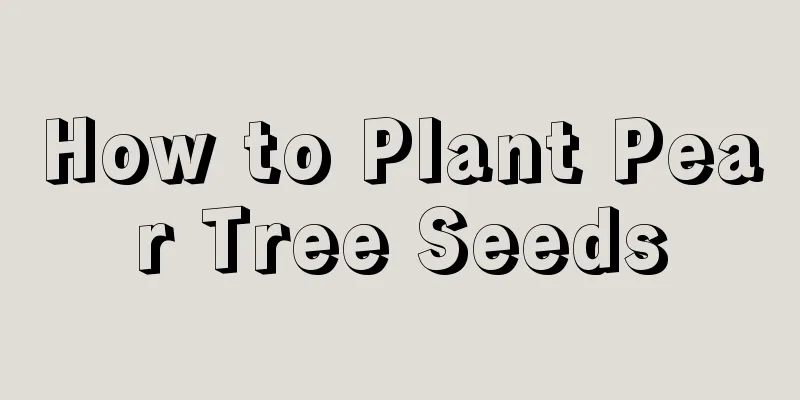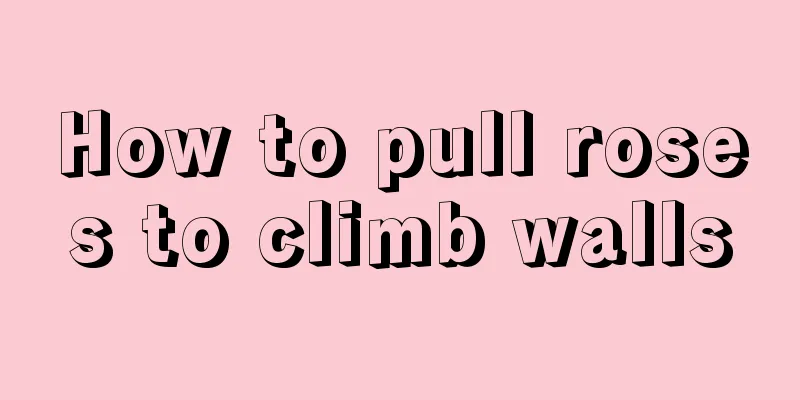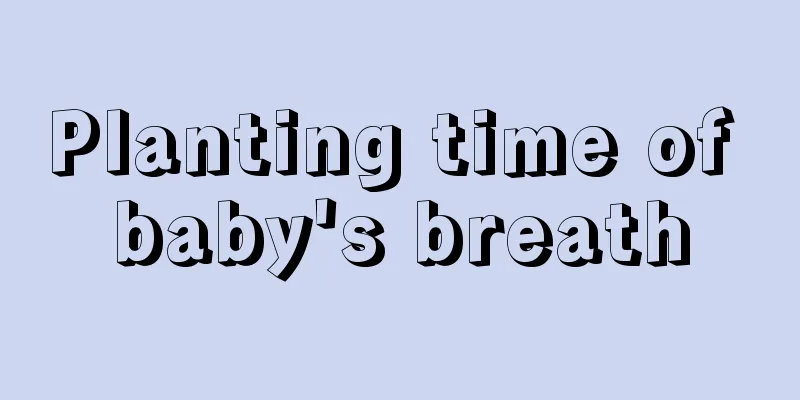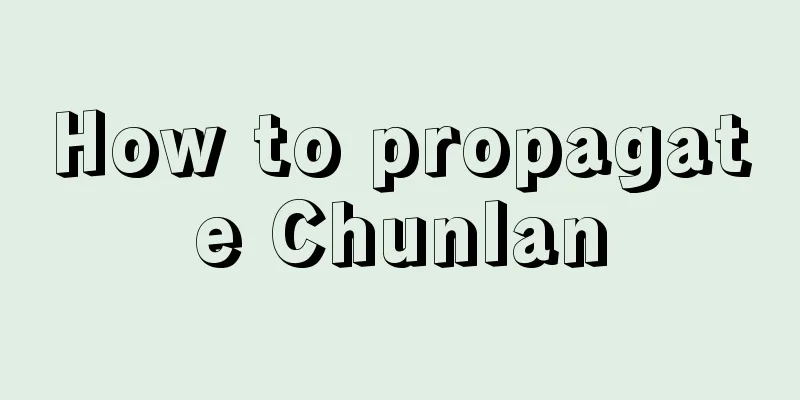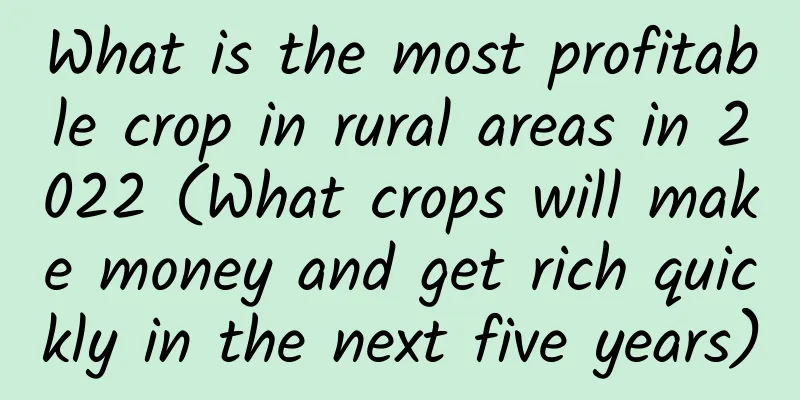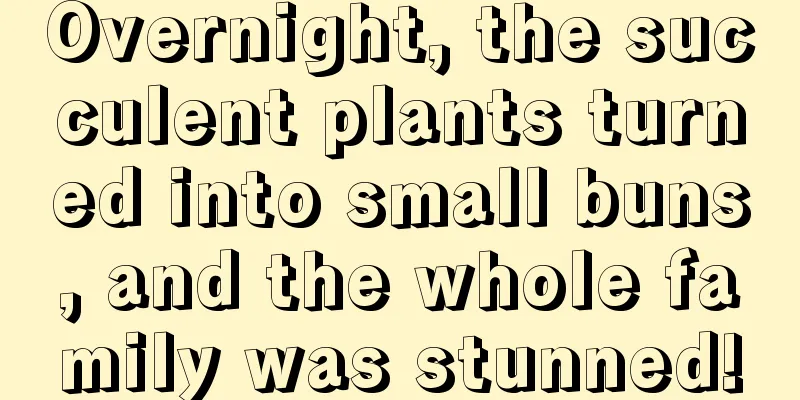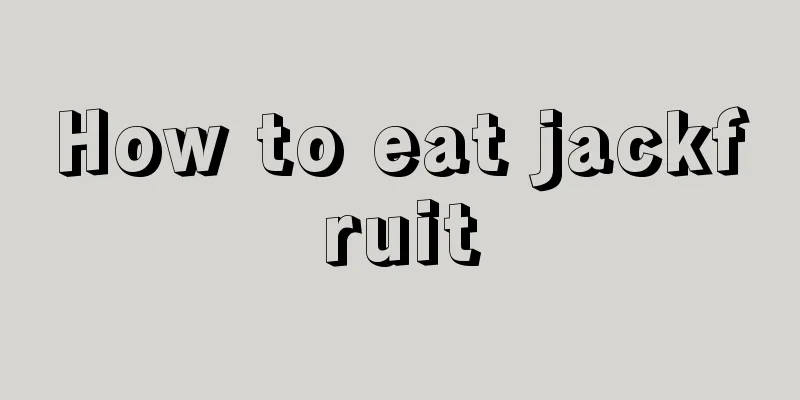Pests of Dichondra chinensis and their control
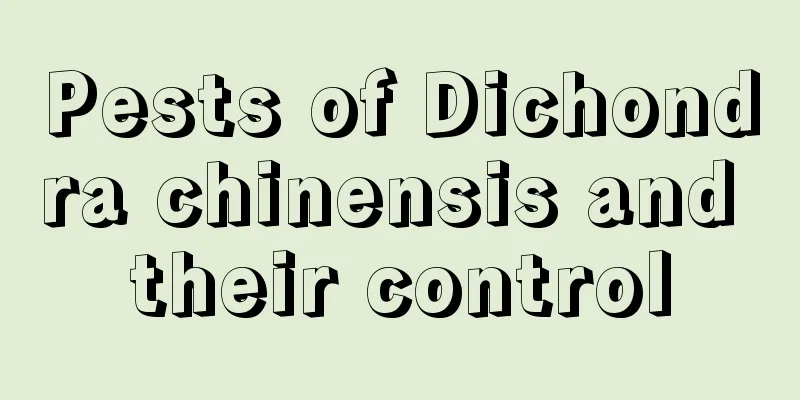
Horseshoe beetle encounters scarab beetles and mothsThe leaves of the turf grass of the Chinese horsetail are relatively tender and have a high juice content. They are generally severely attacked by the larvae of beetles, grubs, and the larvae of armyworms. When beetles and armyworms are found on the horsetail, the insects can be controlled by taking advantage of their phototaxis and chemotaxis during the adult emergence period, using black light, poison bait, and poisonous weeds to lure and kill them, thereby reducing their egg-laying capacity. To treat the larvae and grubs of scarab beetles, you can use 1000 times diluted 50% phoxim and spray the lawn of the horsetail. For the armyworms and larvae of noctuid moths, spray 1000 times diluted 40% omethoate for prevention and control. Repeat the spraying once on the second day after spraying for the best effect. You can also consider using the insecticide chlorpyrifos. Dioscorea paniculataThe grass borer is a serious pest to the lawn of the Chinese knotweed, eating the grass roots and stems, cutting off the plant's water supply, causing the stems and leaves to turn yellow and eventually die. When the grass borer appears in the horsetail, it can be killed with a black light, lured and killed with a sweet and sour liquid, or sprayed with 1000 times diluted 40% Lorsban. Dioscorea paniculata encounters cutwormCutworms are pests that feed on young stems and leaves, preventing the lawn from growing normally. In severe cases, they can cause the death of entire plants. When the Chinese horsetail is attacked by cutworms, it can be sprayed with 50% diazinon emulsifiable concentrate or 25% carbaryl wettable powder. The sharp-headed locustThe pointed-headed grasshopper mainly chews leaves and tender stems. When the outbreak is serious, all the stems and leaves of the Chinese horsetail will be eaten. The damage is most serious from June to August every year. When the pointed-headed grasshopper harms the horseshoe grass, you can use 0.5 kg of dichlorodiphenyltrichloroethane or DDT added to 500 kg of water to spray it, or you can concentrate manpower to kill it in the morning. |
<<: Passion fruit pests and control methods
>>: Common Pests of Golden Button and Their Control Methods
Recommend
Does the Albizia Julibrissin grow fast? How high can it grow in a year?
Albizia Julibrissin Growth Environment Growth env...
How to propagate Monstera
1. Seed propagation This method first requires co...
Summer maintenance methods of wintersweet
Cool down in time Wintersweet is cold-resistant b...
What are the cultivation methods and precautions of honeysuckle
Honeysuckle cultivation method Honeysuckle is a r...
What medicinal herbs are best grown in Guangxi? What precious medicinal herbs are produced in Guangxi?
Guangxi is a major province for growing medicinal...
Causes and treatments for yellow leaves of bamboo cypress
1. Lack of water Reason: Bamboo cypress needs suf...
The efficacy and function of wild chrysanthemum
1. Laxative The crude fiber contained in wild chr...
Cultivation methods and precautions of large-leaf gardenia
Large-leaf gardenia is a variety of gardenia, whi...
Can snail poop be used as fertilizer?
Snail poop as fertilizer Snail feces can be used ...
Add some of it to the hydroponic bottle, it will eliminate odors in 2 days and will no longer attract insects!
How to determine if the roots are rotten? Look at...
How to care for camellia leaves so that they grow bigger
1. Suitable soil Suitable soil is the basis of gr...
Gerbera cultivation methods and precautions
Farming methods Light and temperature Gerbera lik...
I bought a pot of it during the Chinese New Year, and it grew into a green waterfall in 20 days. All my relatives and friends were stunned!
Grow asparagus fern into a waterfall to make the ...
I picked up seeds that fell on the roadside, took them home, soaked them and put them in a pot, and they actually grew into a small forest!
Tamarind Tamarind was Huahua’s favorite snack whe...
Maintenance experience: I grew the Black Mage into a tree
Meet the Black Mage First, let’s get to know the ...
